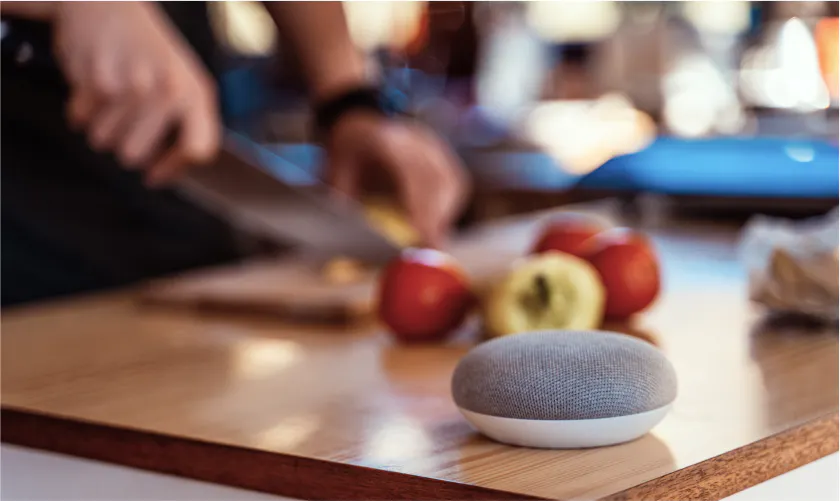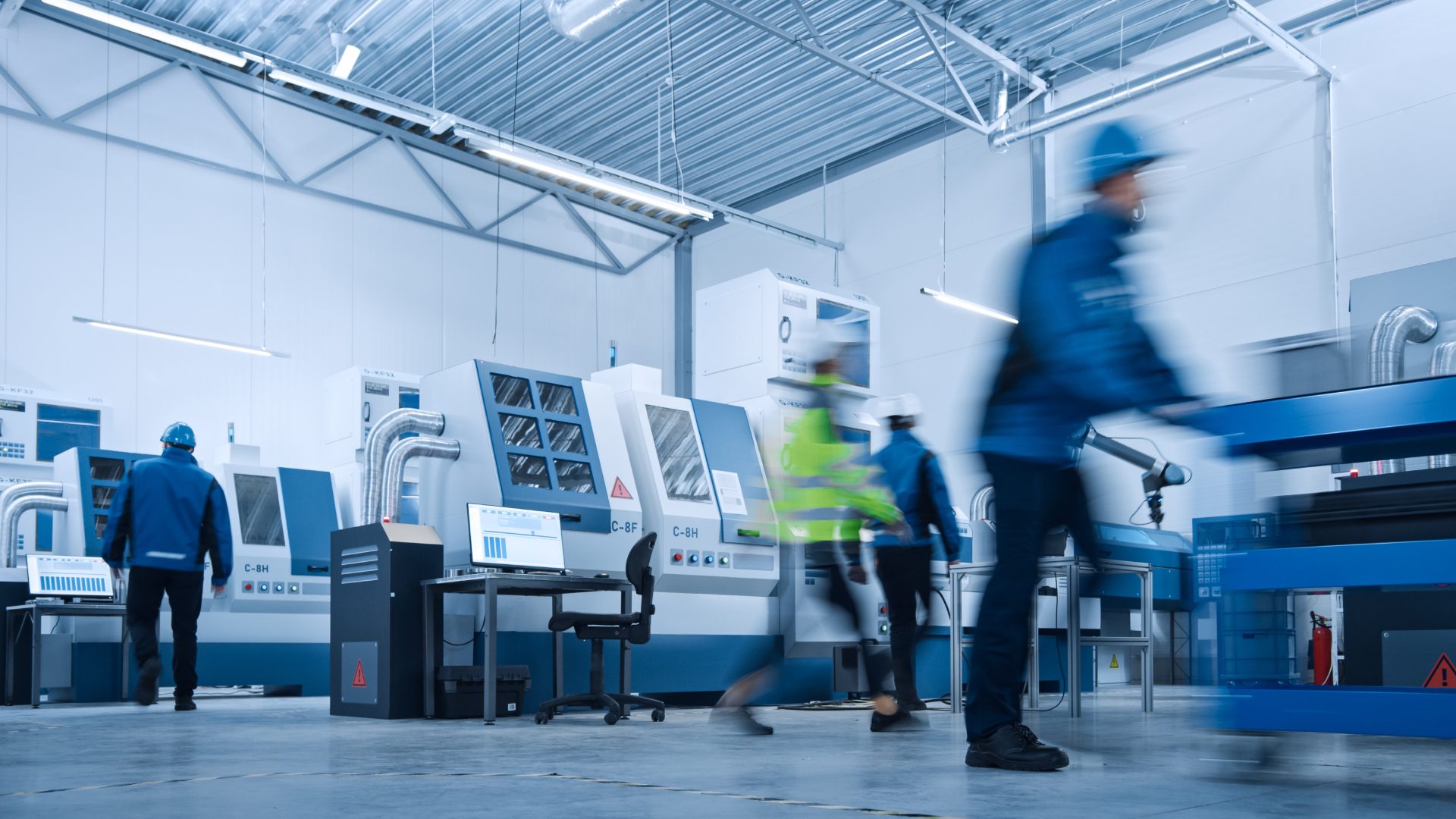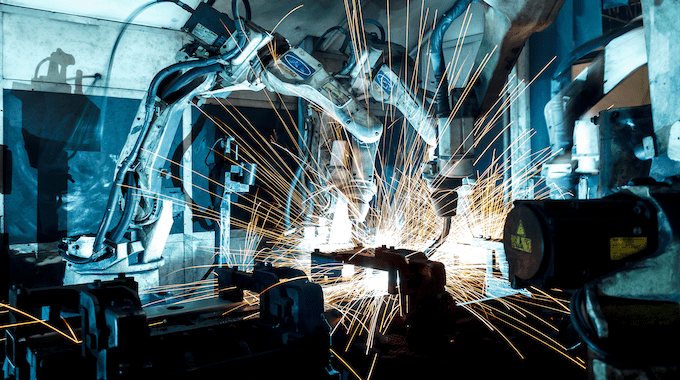- Solutions
ENTERPRISE SOLUTIONS
Infuse new product development with real-time intelligenceEnable the continuous optimization of direct materials sourcingOptimize quote responses to increase margins.DIGITAL CUSTOMER ENGAGEMENT
Drive your procurement strategy with predictive commodity forecasts.Gain visibility into design and sourcing activity on a global scale.Reach a worldwide network of electronics industry professionals.SOLUTIONS FOR
Smarter decisions start with a better BOMRethink your approach to strategic sourcingExecute powerful strategies faster than ever - Industries

Compare your last six months of component costs to market and contracted pricing.

- Platform
- Why Supplyframe
- Resources
We’ve all heard this comparison before: a Bill of Materials is like an IKEA assembly manual. It lists out all the needed parts with important instructions for how to assemble the product together.
But in reality, a BOM is much more than that. Because unlike a flatpack IKEA dresser, a BOM doesn’t come with a neatly-packaged box of all the necessary parts; you have to find and purchase all the individual components before anything can happen.
And instead of spending an afternoon by yourself to put together the product, you have to execute it as a multi-disciplinary team with the likely chance of some members speaking an entirely different language than you.
5 Important Questions to Ask Before Creating a BOM
In that context, a Bill of Materials is absolutely critical in driving efficient manufacturing practices. It should serve as a rock-solid reference to guide many business activities such as parts sourcing, purchasing, outsourcing, and more. As such, it’s crucial to create and maintain a BOM that is well-organized, detailed, and revision-controlled to minimize costly error during assembly.
Instead of auto-generating a list of parts from a design software, consider the following questions to provide a solid framework for your BOM:
1. Who is Going to Consume Information From The BOM?
Will you be utilizing contract manufacturers? At which stage of the manufacturing process? Given that you may never interact face-to-face with some of your team members, ensure that your BOM is detailed enough to convey all the important information that they need.
At IKEA, the instruction designers are referred to as “Communicators”, which is a very effective way to look at the role of the BOM: it should communicate all the important elements of the product without the help or interference of a human worker.
2. How Will Supporting Files be Attached to Your BOM?
Additional documentation like CAD drawings, part datasheets, and work instructions are all important elements in setting up an effective BOM. Maintain an organized record by associating files at their appropriate BOM level items.
3. How Will You Accommodate Different Iterations of Your BOM?
As you continuously maintain your BOM, you may go through several iterations during the design process. Make sure that you have a dependable way to distinguish between versions so that, when it comes time for production, you can rest assured that everyone is consulting the correct BOM.
Relying on a tool that offers features such as version control, access control, automated pricing updates and that will fix misspelled part numbers while notifying you when a component goes EOL is the best way to ensure your BOM will always keep up to date.
4. Will You Include Consumables in Your BOM?
For complex products, it often makes sense to establish hierarchy in their BOM by grouping certain parts and their assemblies under their parent. This method helps manufacturers understand the overall structure and relationships within the product, but is tougher to create and maintain, especially for companies who rely on Excel for their BOM management.
In contrast, a flat BOM gives every part the same priority on a single level, which makes managing the BOM a much simpler task. However, it does not offer much information on the overall structure of the product’s design which may lead to more back-and-forth communication during the assembly phase.
The Takeaway
If there’s a lesson to learn from IKEA, it’s to take the construction of your BOM seriously. IKEA invests a lot of energy into making their assembly manual as close to foolproof as possible.
The “communicators” are constantly testing out the effectiveness of their instructions by assembling the products themselves. That little booklet enables IKEA to shave off such a significant amount of money during shipping and manufacturing that it has defined their entire business model and brand.
Strive to communicate with your BOM instead of treating it like a grocery list of parts. An organized and accurate BOM can effectively save you time, money, and complications during the many importance phases of your product’s lifecycle.



